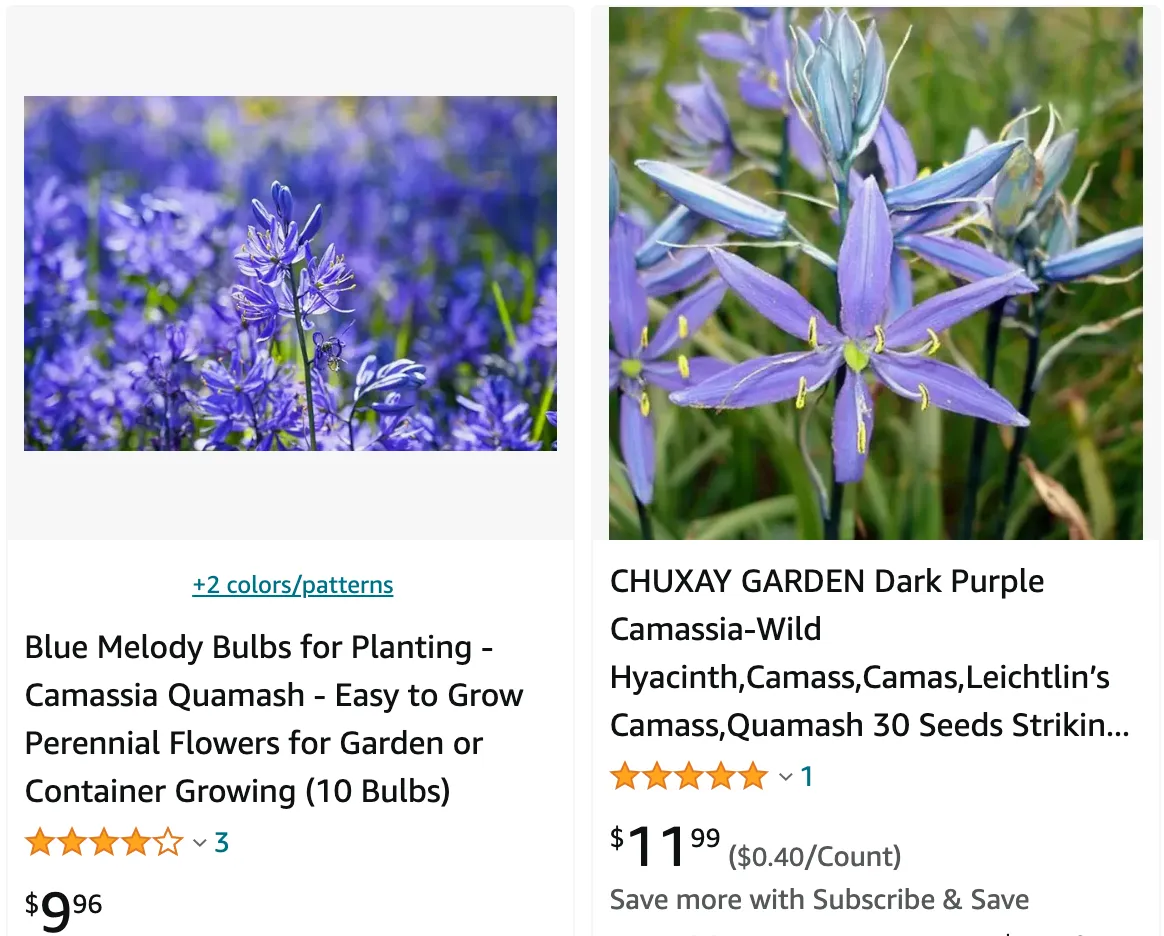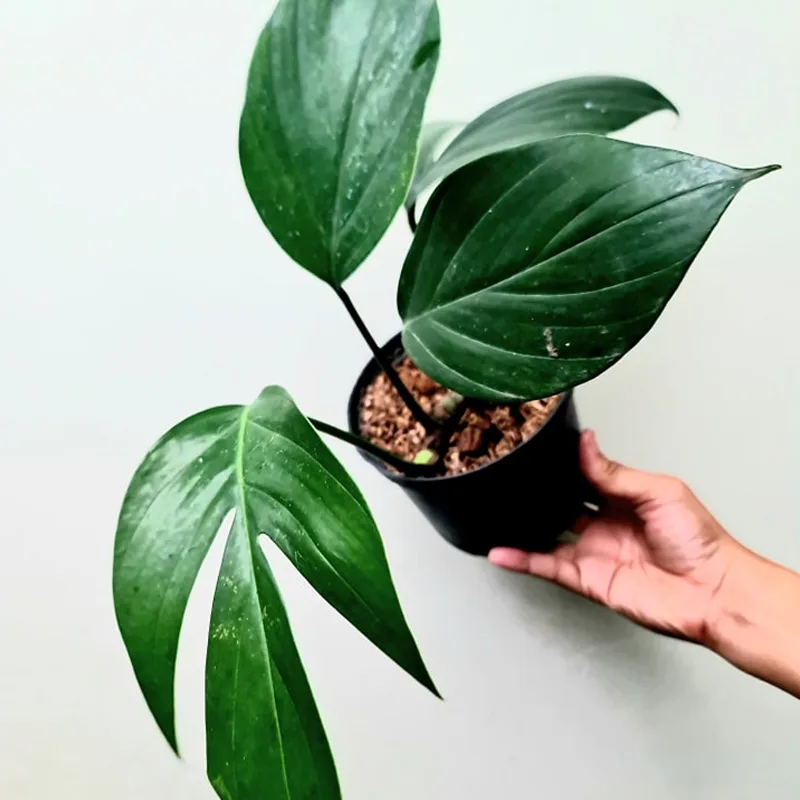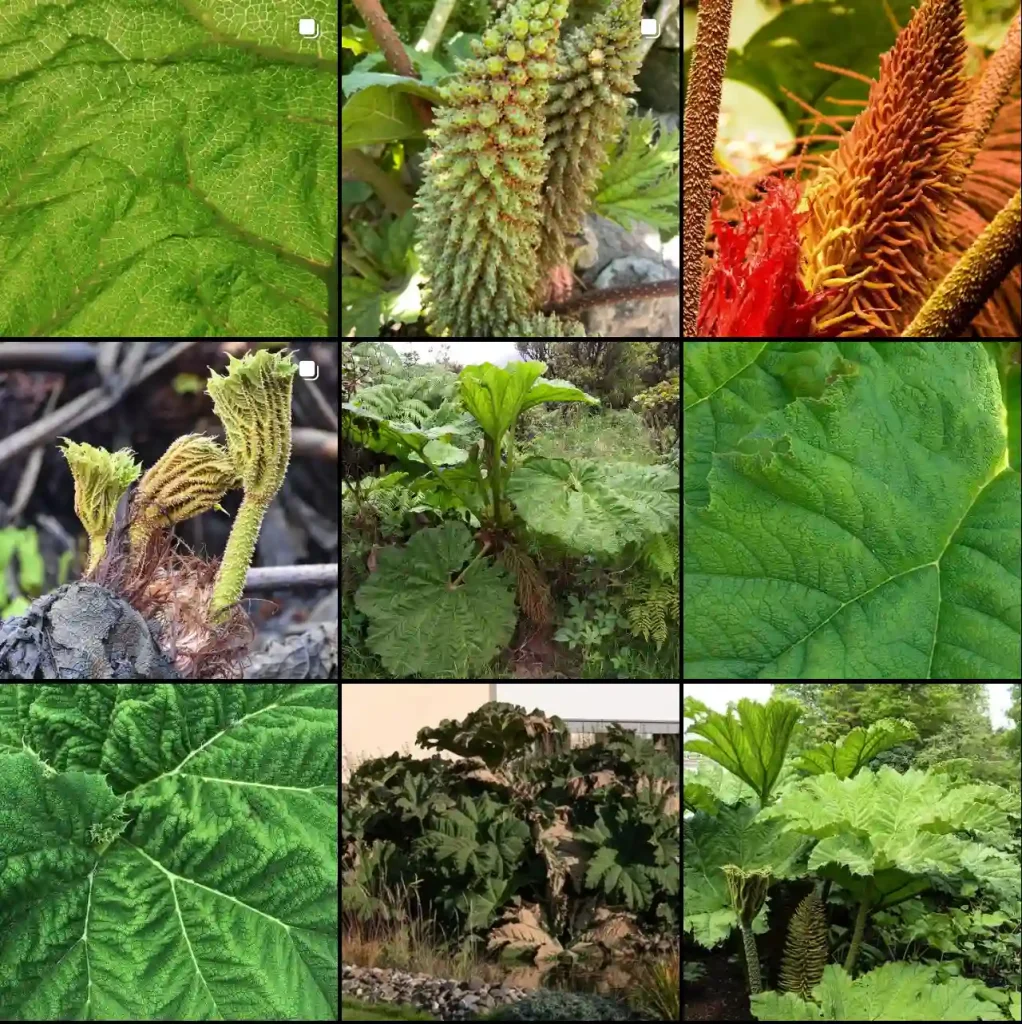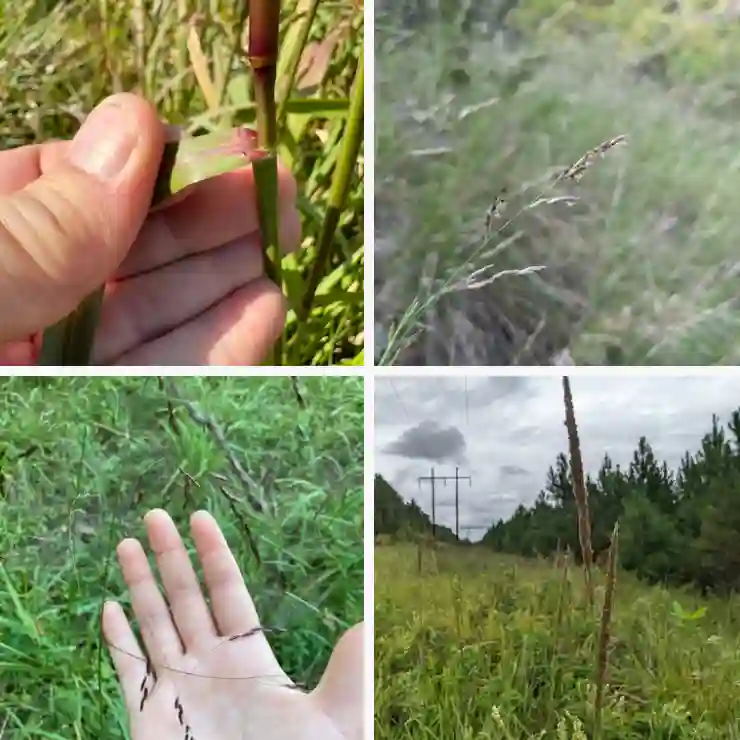
Exploring the Beauty of Camassia quamash
As an avid gardener with a deep appreciation for nature’s beauty, I have always been drawn to unique and enchanting plant species that add charm and character to my garden. One such plant that has captivated my attention is the Camassia quamash. With its delicate blue flowers and graceful presence, this native North American plant holds a special place in my heart.
6 Species in Genus Camassia
What is Camassia quamash?
Camassia quamash, also known as camas or Indian hyacinth, is a bulbous perennial that belongs to the lily family, Liliaceae. Native to western North America, particularly the Pacific Northwest region, this plant thrives in moist, well-drained soils and can be found growing in meadows, prairies, and open woodlands.
Camassia quamash vs leichtlinii
I’ve grown both Camassia quamash and Camassia leichtlinii in my garden, and I found quamash to be more compact and suitable for smaller spaces, while leichtlinii’s taller, more upright spikes created a stunning focal point. The quamash blooms were a deep blue that really popped against my spring garden, but leichtlinii had a softer, more delicate shade that blended beautifully with other plants. I appreciated how easy quamash was to care for, while leichtlinii needed a bit more attention to thrive, but the extra effort was worth it for the elegant display it provided.
How to Plant Camassia quamash?
Planting Camassia quamash bulbs is relatively straightforward and can be done in either the fall or early spring. First, choose a location in your garden that receives partial to full sunlight and has well-drained soil. Dig a hole that is two to three times deeper than the height of the bulb and place the bulb in the hole with the pointed end facing upwards. Cover the bulb with soil and water thoroughly. Space the bulbs several inches apart to allow for proper growth and development.
When to Plant Camassia quamash Bulbs?
Camassia quamash bulbs are typically planted in the fall, preferably between September and November, before the first frost sets in. However, they can also be planted in early spring, before the soil warms up too much. Planting at these times allows the bulbs to establish themselves before the onset of harsh weather conditions.
Is Camassia quamash Orion a Pollinator?
Camassia quamash Orion is indeed a pollinator-friendly plant. Its beautiful blue flowers attract a variety of pollinators, including bees, butterflies, and hummingbirds, making it a valuable addition to any pollinator garden. By planting Camassia quamash Orion, you can help support local pollinator populations and promote biodiversity in your garden.
Is Camassia quamash Orion Deer Resistant?
One of the benefits of growing Camassia quamash Orion is its resistance to deer browsing. Deer tend to avoid eating this plant due to its bitter taste and toxicity, making it an excellent choice for gardens located in deer-prone areas. However, it’s essential to note that while deer may not eat Camassia quamash Orion, other animals or pets could still pose a threat to its well-being.
Is Camassia quamash Toxic to Dogs?
While Camassia quamash bulbs contain compounds that are toxic to dogs if ingested in large quantities, they are not typically considered highly toxic. However, it’s essential to monitor your pets around these plants and discourage them from digging or consuming any part of the plant. If you suspect that your dog has ingested Camassia quamash bulbs or any other potentially toxic plant, seek veterinary attention immediately.
How to Care for Camassia quamash?
Once planted, Camassia quamash requires minimal care to thrive. Ensure that the soil remains consistently moist but not waterlogged, especially during the growing season. Deadhead spent flowers to encourage continued blooming and remove any yellowing or withered foliage to maintain the plant’s appearance. Additionally, apply a layer of mulch around the base of the plant to conserve moisture and suppress weeds.
What to Plant with Camassia quamash?
Camassia quamash pairs well with a variety of other spring-flowering bulbs and perennial plants, creating stunning combinations and enhancing the overall aesthetic of your garden. Consider planting them alongside tulips, daffodils, or grape hyacinths for a vibrant spring display. Additionally, combining them with native grasses or ferns can add texture and visual interest to your garden beds.
In conclusion, Camassia quamash is a charming and resilient plant that deserves a place in any garden. With its beautiful blue flowers, ease of cultivation, and ability to attract pollinators, it adds both beauty and ecological value to outdoor spaces. By following simple planting and care guidelines, you can enjoy the enchanting presence of Camassia quamash in your garden for years to come.
If i die, water my plants!



